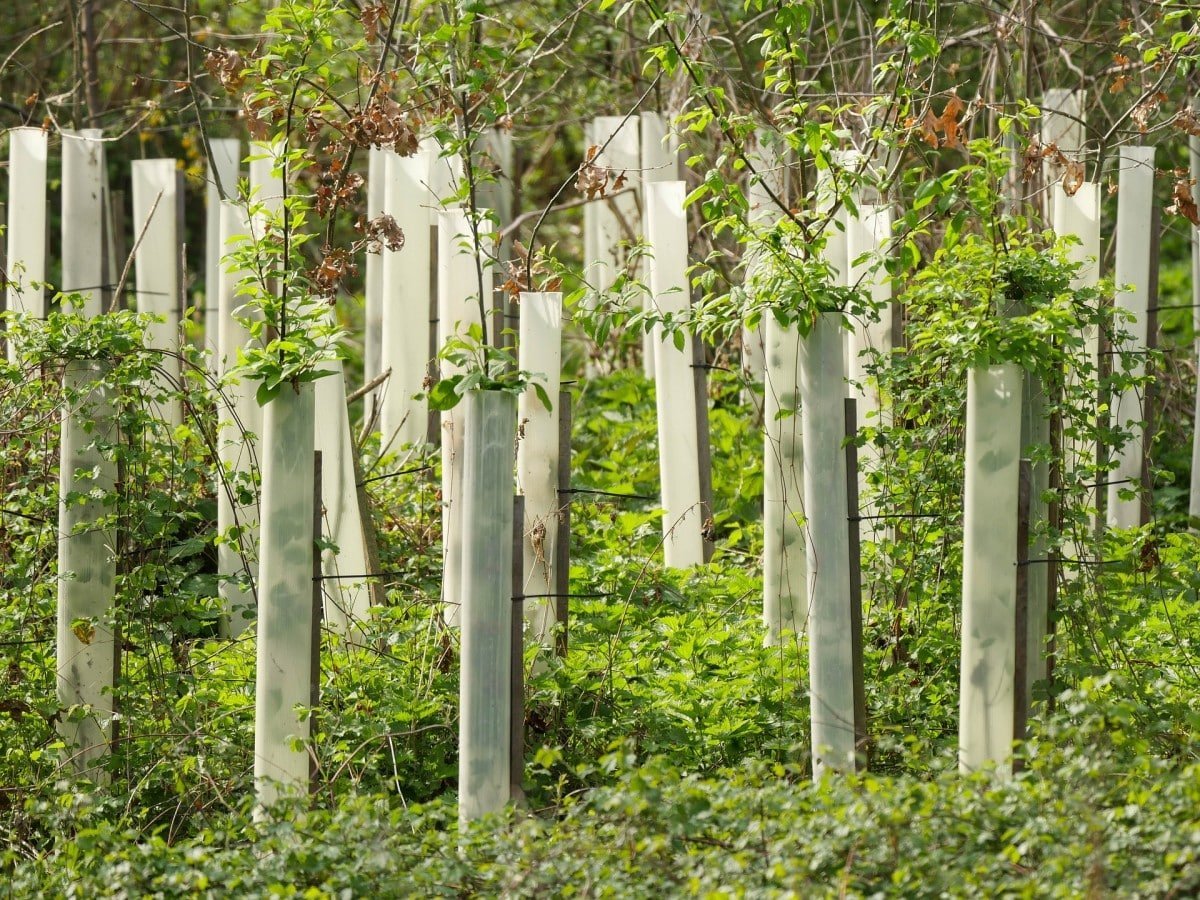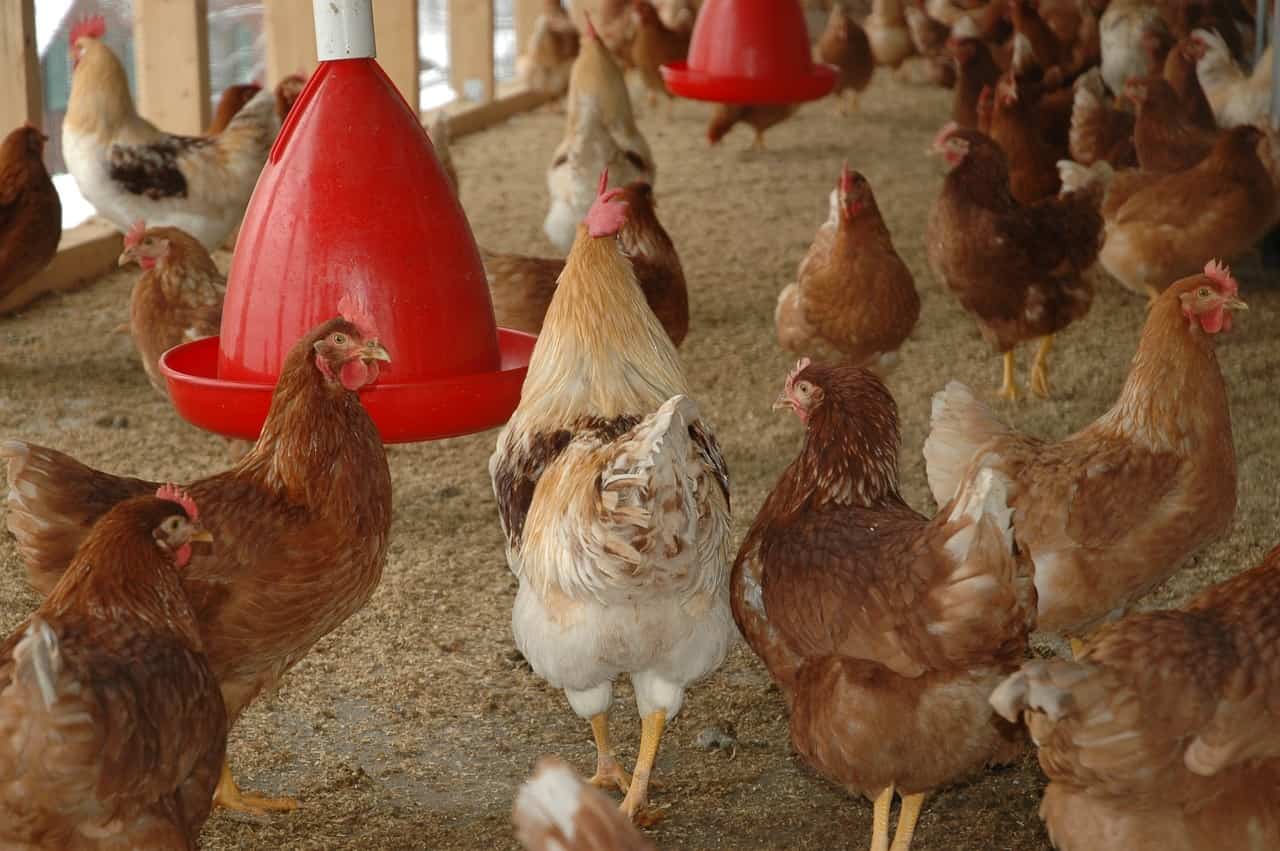
An international team of researchers, including scientists from the Karlsruher Institute of Technology (KIT), has turned our previous assumptions on the CO2 uptake of forests upside down: Photosynthesis alone is not responsible for carbon sinks, but also the age of the forest.
Carbon sinks are ecosystems that bind large amounts of carbon and thus slow down the accumulation of CO2 in the atmosphere – and thus climate change. In this respect, the forest is regarded as an important filter for our planet. It cleanses the air of dust particles. It produces oxygen. It is, so to speak, our green lung.
Carbon sinks limited
Until now, it was assumed that the main process for CO2 absorption was to enhance photosynthesis. This, in turn, is due to the increase in carbon dioxide in the atmosphere. Accordingly, the sinks are dynamic. Their capacity can grow regionally, but can also shrink. For example, dense tropical forests near the equator absorb large amounts of CO2. For this reason, the rainforest, in particular, has so far been considered the elementary task of carbon dioxide reduction.
However, environmental researchers have now discovered that the world’s largest carbon sinks are found in young, renewable forests. And in forests that are less than 140 years old.
“These sinks, which depend on forest growth, are fundamentally limited. When forests reach a certain age, their CO2 uptake decreases and the carbon sinks that are so important disappear – unless further afforestation takes place,” says Professor Almut Arneth of the Institute for Meteorology and Climate Research – Atmospheric Environmental Research (IMK-IFU), KIT Alpin Campus. “The results of the study are an important contribution to understanding the climate system and at the same time help us to make well-founded decisions about forestry”. They show how much CO2 renewable forests could absorb in the future. “However, the amount of carbon dioxide that forests can generally remove from the atmosphere is limited. That’s why we have to reduce our emissions from fossil fuels,” the professor emphasizes.
Result based on a comparison of data sets
For his groundbreaking findings, an international research team, including scientists from the Karlsruhe Institute of Technology (KIT), newly analysed a combination of data and computer models of global forests. Looking at the data sets on the age of the forests, the experts were able to understand how much CO2 established forest areas with an age of at least 140 years absorbed between 2001 and 2010. The comparison with younger forests – which, for example, grow back on previous agricultural land or on deforested land – showed that the age effect accounts for around 25 per cent of the CO2 uptake of forests. This is because the areas absorb large amounts of CO2 from the atmosphere not only due to increased photosynthesis but above all due to their young existence. This is particularly true of the forests of medium and high latitudes. These include, for example, land in the eastern states of the USA, which settlers used as farmland until the end of the 19th century, or forests in Canada, Russia and Europe, which were destroyed by forest fires. But large reforestation programs in China are also making an important contribution to this carbon sink.
The research was funded by the European Commission. The results can currently be found in the Proceedings of the National Academy of Sciences of the United States of America (PNAS).
Main image: Afforestation – Young forests, in particular, have an important task in absorbing CO2 © Pixabay








